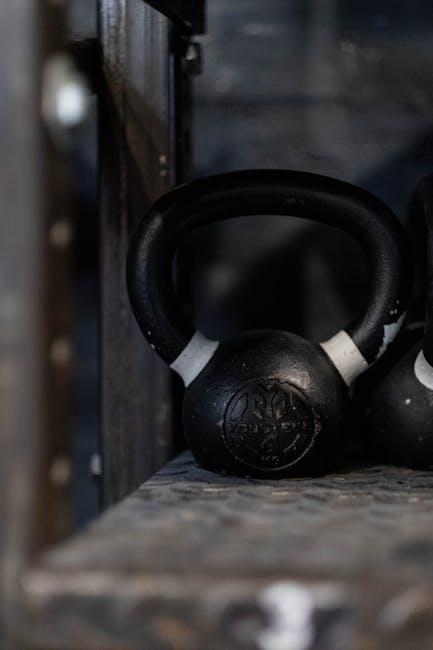In the silent dialogue between our hands and the world around us, grip strength often speaks the loudest, yet is heard the least. It is the unsung hero of our daily lives, quietly empowering us to perform tasks as mundane as opening a jar or as exhilarating as scaling a mountain. Despite its subtle presence, grip strength is a fundamental aspect of our physical health and overall well-being. This article delves into the significance of grip strength, exploring its impact on everything from athletic performance to longevity, and offers practical insights on how to enhance this crucial yet frequently overlooked component of our fitness. Whether you are an athlete striving for peak performance, a professional looking to improve your functional strength, or simply someone keen on maintaining a healthy lifestyle, understanding and improving your grip strength can unlock new levels of capability and confidence.
Understanding the Science Behind Grip Strength
At its core, grip strength is a fascinating interplay of physiology and biomechanics. It encompasses not just the muscles of the hand, but also the forearm and even the upper arm. The primary muscles involved include the flexor digitorum profundus, flexor digitorum superficialis, and the extensor muscles of the wrist and fingers. These muscles work in tandem to generate the force necessary to hold, squeeze, and manipulate objects. Beyond just muscle strength, grip strength also involves the tendons and ligaments that stabilize the joints, as well as the neurological pathways that coordinate these actions.
- Muscle Fiber Composition: Grip strength is heavily influenced by the type of muscle fibers present. Fast-twitch fibers offer explosive power, while slow-twitch fibers provide endurance.
- Nervous System Efficiency: The ability of the nervous system to efficiently recruit muscle fibers can greatly enhance grip strength.
- Joint and Tendon Health: Healthy joints and tendons ensure that the force generated by the muscles is effectively transmitted to the objects being gripped.
Understanding these components allows individuals to tailor their training and rehabilitation programs to improve grip strength effectively. Whether you’re an athlete seeking better performance or someone looking to improve daily functional abilities, a scientific approach to grip strength can yield significant benefits.

Key Benefits of a Strong Grip in Daily Life
Having a robust grip is more than just a show of strength; it plays a vital role in everyday activities, enhancing both convenience and safety. A firm grip facilitates better handling of objects, from carrying groceries to opening jars, making these tasks effortless rather than strenuous. It contributes significantly to improved hand-eye coordination, enabling more precise movements and reducing the risk of accidents. Additionally, a strong grip supports overall upper body strength, enhancing activities such as lifting, pulling, and pushing, which are integral to daily life.
- Enhanced Dexterity: With a stronger grip, tasks that require fine motor skills become easier and more efficient.
- Injury Prevention: A solid grip reduces the likelihood of dropping items, minimizing the risk of accidents.
- Improved Athletic Performance: For those involved in sports, grip strength can lead to better performance in activities like tennis, rock climbing, and weightlifting.

Simple Exercises to Enhance Your Grip Power
Enhancing your grip strength doesn’t require expensive equipment or a gym membership. With just a few simple exercises, you can significantly improve your hand and forearm power. Here are some effective exercises to get you started:
- Farmer’s Walk: Grab a pair of heavy dumbbells or kettlebells, stand tall, and walk for a set distance or time. This exercise not only boosts grip strength but also enhances overall core stability.
- Dead Hangs: Simply hang from a pull-up bar for as long as you can. This is a great way to develop endurance in your grip and build the muscles in your forearms.
- Hand Grippers: Portable and easy to use, hand grippers allow you to train your grip anywhere. Squeeze and hold for a few seconds before releasing, and aim for multiple repetitions.
- Pinch Grips: Use weight plates or blocks and hold them between your thumb and fingers. This exercise specifically targets the pinch grip strength, which is crucial for various daily tasks.
Incorporating these exercises into your routine a few times a week can lead to noticeable improvements in your grip power, aiding in everything from sports performance to everyday activities.

Integrating Grip Training into Your Fitness Routine
Incorporating grip training into your fitness regimen doesn’t require a complete overhaul of your current routine. Instead, it can be seamlessly integrated into existing exercises or as short, focused sessions. Consider adding grip-specific movements to your workouts, such as dead hangs or farmer’s carries, which not only target the forearms but also enhance overall stability and core strength. You can also use simple tools like grip strengtheners or rubber bands to perform quick, effective exercises during your downtime.
Here are some easy ways to integrate grip training into your routine:
- Warm-up and Cool-down: Include grip exercises in your warm-up to activate muscles or as part of your cool-down to boost endurance.
- Super Sets: Pair grip exercises with other strength movements to maximize your workout time and enhance grip strength simultaneously.
- Active Rest: Use grip training as a form of active rest between sets, keeping your body engaged without overtaxing your muscles.
Insights and Conclusions
As we conclude our exploration into the world of grip strength, it’s clear that this often-overlooked facet of fitness holds more power than one might initially grasp. Whether you’re scaling a mountain, opening a stubborn jar, or simply shaking hands with confidence, the strength of your grip ripples into various aspects of daily life. By integrating targeted exercises into your routine, you can enhance not only your physical prowess but also your overall well-being. So, take a moment to acknowledge the subtle force of your hands, and consider giving them the attention they deserve. In doing so, you’ll unlock a new realm of strength that extends far beyond the palm of your hand. Here’s to a future where every handshake tells a story of resilience and vitality.
